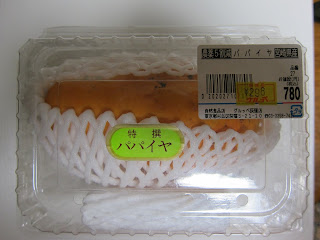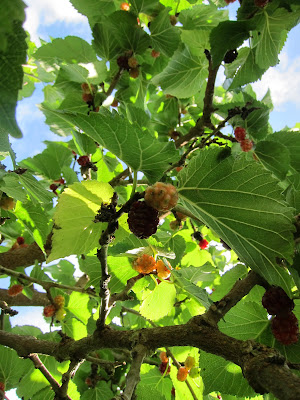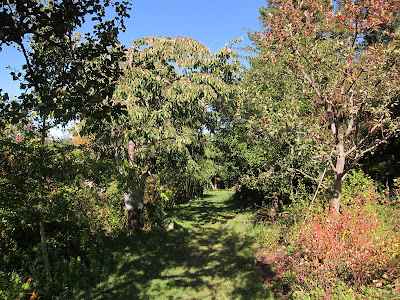What happened to permaculture?
I thought this was a permaculture blog?
Why all this protest talk?
Its all part of the global sustainability movement,
rooted in grassroots efforts to redefine our cultural paradigm.
Whether it be people growing food, withdrawing from consumerism,
challenging corrupt governments and seemingly omnipotent corporations,
protesting on the streets, dumpster diving, starting ecovillages,
its all part of an emerging global revolution to reconnect with life.
An awakening to the reality that if we don't change,
we will destroy each other and our life-support system,
in the name of jobs, economy, and "national security".
Some of us experience the severity of the situation much more than others.
I imagine the increasing ecological and geo-political refugees all over the world,
and other victims of conflict are some of the people who experience it the hardest.
And even if you are living in a wonderful ecovillage
or are wealthy enough to stay away from most dangers,
like radioactive rain,
all of us will get a dose of the unpleasantness at some point.
Radiation and pollution knows no boarders or social-class.
My conviction is that,
we can change the situation,
but it really needs to be a big WE.
Yes we can!
But only if WE DO IT.
Not Obama, not Democrats, not the Tea Party, not the UN, not Green Peace, etc,
you, me, and everybody else.
Nobody can do it for us.
And as much as much as recycling, growing food, voting, buying local,
is good and perhaps a step in the right direction,
the toxic currents in our international political-economic and cultural systems,
need to be stopped and radically transformed.
We need to decentralise political-economic power.
Corruption thrives on concentrated power,
like disease in a pool of factory farmed hog shit.
If 9/11, the wars in the middle east, the economic crash,
bailing out the banks that gambled away our future,
bailing out the energy company that was too cheap to build a tsunami barrier high enough as instructed, and being irradiated by nuclear power plants that are supposedly safe and eco,
is not enough an impetus to stop our daily routine and take drastic action,
then my question is, what will?
Thats my thought process at the moment.
I am angry about the way things are.
A healthy anger.
I can go about my daily tasks,
enjoy food,
laugh,
love,
and still be aware that there is good reason to be angry.
Thats my rant of the week.
its not eloquent nor well thought out,
but it is what it is,
emotionful thoughts.
And I am genuinely interested in learning about how we can change this reality,
and how we can get more people proactively involved.
I need to go take my medication now.
Shower, kyoho grapes, and sunlight!

















































